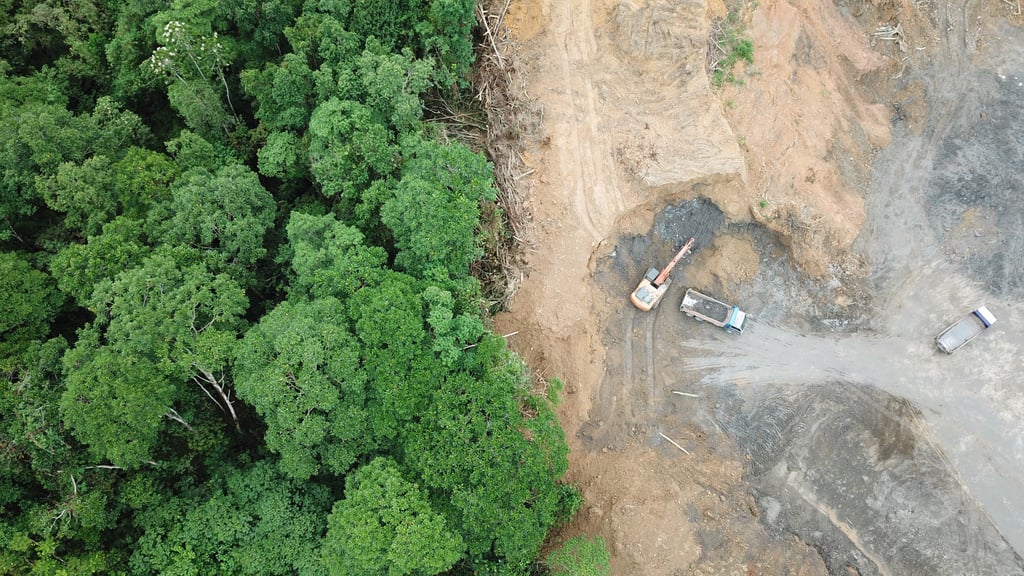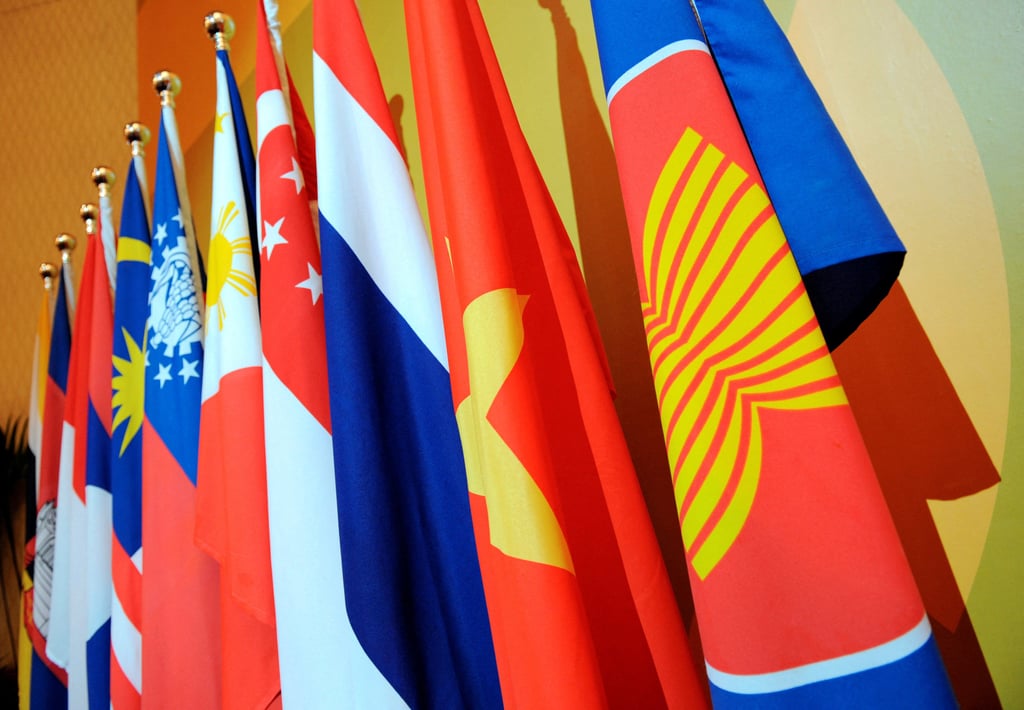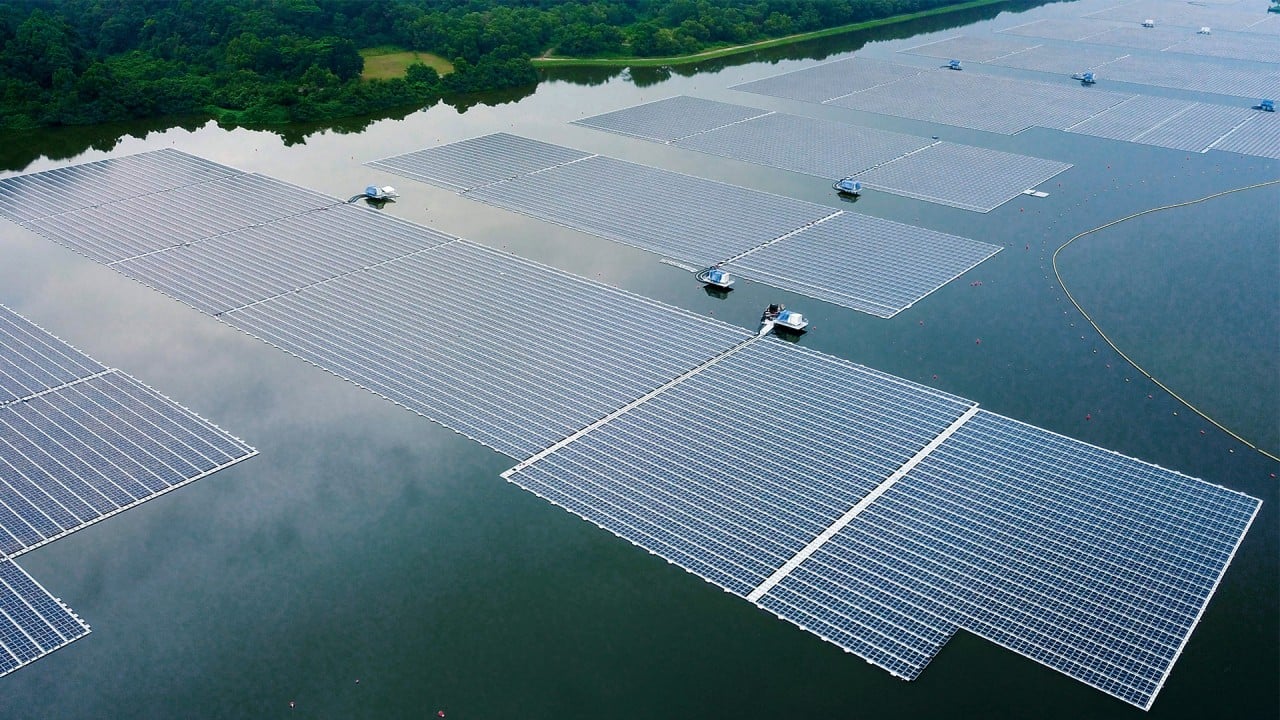The city-state lacks the conditions for generating wind or hydropower. Although it is aiming to generate two gigawatts of solar power locally by 2030, there is not enough space for large solar parks.
However, demand is expected to continue to rise, particularly for data centers, which already account for 7 percent of Singapore’s total electricity consumption. This share is expected to rise to 12 percent by 2030.

It is a mix of solar, wind and hydropower, a popular but sometimes controversial energy source in the region, which is linked to deforestation and the environmental destruction caused by the construction of dams.
According to think tank Ember, imports of renewable energy are expected to cover at least 30 percent of Singapore’s electricity by 2035.
However, there are “many challenges,” warned Niels de Boer, chief operating officer at the Nanyang Energy Research Institute, including transmission distances, energy losses and intermittency.
The plans call for a 4,300-kilometer-long submarine cable and the project still requires approval from Singapore’s energy regulators, the Indonesian government and Australia’s indigenous communities.

There could be “disagreements about the nature of energy transmission between different countries and competition between economies for access to renewable energy.”
Singapore currently relies on imported fossil fuels, which can, however, be purchased on the open market.
“A large-scale bilateral agreement on importing renewable energy limits Singapore’s strategic flexibility,” says Zhong Sheng, senior research fellow at the Institute of Energy Studies at the National University of Singapore.
In the event of disruptions, “there may be few alternative renewable energy sources available to compensate.”
It is therefore crucial for Singapore to diversify its renewable energy sources.
“The more you can diversify, the better your energy security,” says Euston Quah, director of the Economic Growth Centre at Nanyang Technological University in Singapore.
“This additional Australian energy supply source can only be a good thing.”

The city is unique in some respects: its increasingly high electricity demand is five times higher than the regional average.
But the country is far from the only one looking abroad to meet its needs, says Bradford Simmons, senior director of energy, climate and resources at Bower Group Asia.
According to the International Energy Agency, Thailand already imports 12 percent of its electricity generated from coal and hydropower.
The “mismatch” between countries that can produce renewable energy and those with huge needs “will only increase the incentives for international electricity trading,” Simmons said. “Singapore is just part of a broader global trend.”
Demand from Singapore is also promising for the region’s “huge, untapped renewable energy potential,” says Dinita Setyawati, senior analyst for Southeast Asia’s electricity policy at Ember.
This could “lead to an energy transition in the region and boost ambitions in the field of renewable energy,” she said.
From Laos to Malaysia’s Sarawak region, officials are explicitly citing Singapore’s request when discussing plans to boost renewable energy production.
And the city-state’s appetite and financial resources could help clear obstacles, Zhong said.
“The urgency and scale of efforts are often influenced by domestic politics, raw material endowments, and financial and technological capabilities,” he said.
“Singapore’s leadership in this area could lead to better coordinated regional efforts in the transition to a low-carbon energy transition.”


